Korean Natural Farming is an eco-friendly agricultural system developed by Hankyu Cho of the Janong Farming Institute. It proposes the use of Indigenous Microorganisms and Nutritive Cycles to grow food and raise animals.
KNF builds on traditional Japanese and Korean farming techniques and intends to provide a safe alternative to harmful chemical agriculture practices.
If you need a general overview of Korean Natural Farming, this guide is for you. However, links to detailed explanations and instructions are in the article.
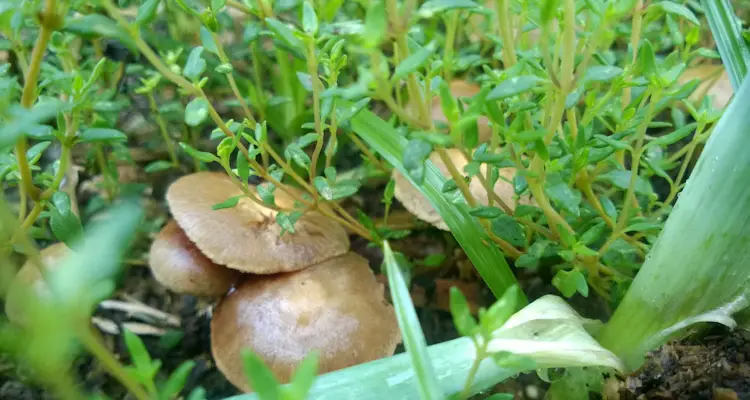
In this brief overview of KNF, you’ll learn:
- Mission And Philosophy Of KNF
- KNF Approach To Soil Management
- What Are Indigenous Microorganisms In KNF?
- What Is Fermented Plant Juice?
- What Are Oriental Herbal Nutrients?
- What Is Lactic Acid Bacteria?
- What is Water-Soluble Calcium?
- KNF Approach To Pest Control
- KNF Approach To Raising Chickens
What Is The Mission And Philosophy Of KNF?
From the beginning, Mr. Cho intended to create an alternative to the harsh chemicals used in South Korean Agriculture.
He believed that we must look to nature for the solution to our food production needs.
Korean Natural farming aims to make the best use of the inherent potential of plants and animals, providing the ideal conditions for their development; without resorting to unnecessary force or compromises.
At its core, KNF follows the Nutritive Cycle Theory, which guides the use of inputs at particular stages of growth.
In so doing, practitioners of KNF are successful in producing optimal yields from a given area, with minimal financial and energy costs, while being able to protect or even improve the environment.
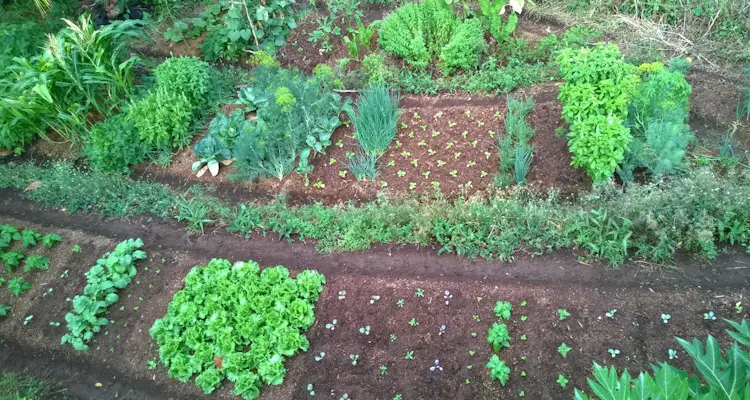
Soil Management In KNF
Soil Management is one of the keys to success with Natural Farming. KNF emphasizes that you should feed the soil, which in turn will feed the plants.
Korean Natural Farming advocates improving soil structure and health with compost, grass mulch, and ultimately microorganisms.
The grass mulch protects the soil erosion and retains moisture while providing favorable habitats for earthworms, beneficial insects, and microbes.
Once in the soil, these organisms:
- Till the soil
- Feed on organic matter
- Release nutrients to plants
- Inhibits potentially harmful organisms
In combination, these activities create a healthy growing medium for plants and animals alike.
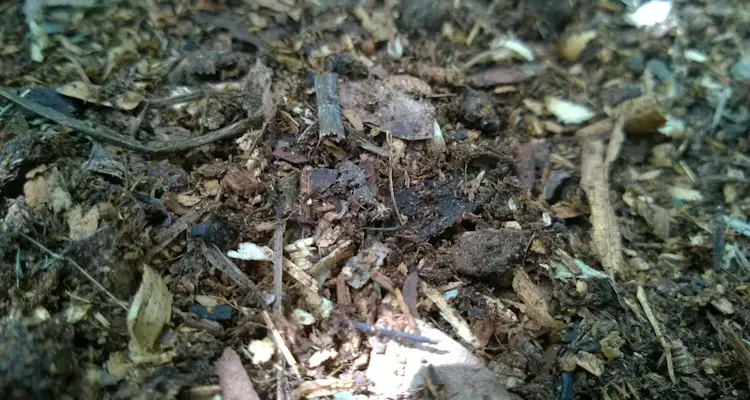
What Are Indigenous Microorganism In KNF?
Indigenous Microorganisms, or IMO for short, are microscopic organisms present in the environment which assist in the breakdown of organic substances and suppress diseases.
These organisms include but are not limited to bacteria, fungus, and even viruses. In a healthy environment, microorganisms work in unison and maintain a mutually beneficial balance.
However, if for some reason this balance is disturbed, the ultimate result is usually poor soil health, weak plants, and eventually disease.
Korean Natural Farming seeks to restore and maintain the healthy balance of microorganisms by collecting, culturing, and introducing a diversity of microbes to the soil.
Indigenous Microorganisms serve as the foundation of the KNF system. Thanks to IMOs, practitioners make agricultural inputs from locally available ingredients.
Let’s take a look at a few inputs developed and used in Korean Natural Farming.
What Is Fermented Plant Juice?
Fermented Plant Juice, or FPJ for short, is the fermented extract of plant material, full of microorganisms, enzymes, and other nutrients, beneficial to vigorous plant growth.
FPJ uses healthy, resistant, robust plant samples as the base material to ensure that the ferment contains all the properties needed to promote healthy plants.
Based on the plant, FPJ assists young plants in developing resistance to temperature changes while promoting vegetation growth.
It is also used as a pest attractant by itself or in combination to create more effective solutions.
Fermented Plant Juice lasts up to 30 days in a cool, dry area or up to 1 year refrigerated.
What Is Oriental Herbal Nutrients?
Oriental Herbal Nutrients or OHN is a natural, fermented plant stimulant extracted from herbs and spices, proven to encourage growth and improve health in plants.
It uses ingredients such as cinnamon, garlic, and ginger, exhibiting anti-bacterial, fungicidal, antibiotic, among other properties, and favors the use of fermentation to retain these properties.
OHN is mixed in the production of other Natural Farming inputs such as IMO-3 and IMO-4. These inputs treat soil and seeds.
It is also an effective plant tonic to treat end rot and general weakness in plants.
OHN takes some time to ferment. However, the solution can be filtered and used within 45 days. It requires alcohol for faster extraction and long-term storage.
What Is Lactic Acid Bacteria?
Lactic Acid Bacteria (Lactobacillus), or LAB for short, are anaerobic microorganisms, which convert sugar into lactic acid; in the absence of oxygen.
Lactobacillus lives on the surfaces of certain plants, such as cabbages, where it protects the plants from harmful microbes and mixes with FPJ to assist with digestion in livestock or alone to hasten the composting process.
In KNF, LAB is usually cultured in milk, using starch obtained from washing rice as a food source.
Mixed with IMO, they soften the soil in planting areas, as well as loosen compaction. It creates small passages as it works, resulting in fluffy, well-aerated soil.
LAB Solution should be stored away from direct sunlight, preferably in the refrigerator. However, it can last longer at room temperature by mixing with brown sugar.
What is Water-Soluble Calcium?
Water Soluble Calcium or WS-Ca is a solution of bioavailable calcium derived from reacting eggshells, whose main component is Calcium Carbonate, with a weak acid such as vinegar.
Calcium is very common in the environment. In some cases, for some reason or another, plants are not able to use it properly. As a result, they may experience overgrowth, weak growth, or even fragile fruits.
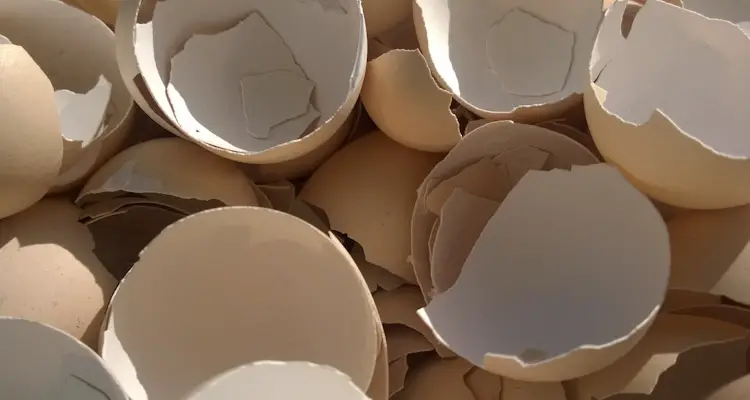
WS-Ca provides a form of calcium that is easy to absorb by plants. It helps the plant to use other nutrients and to develop robust cells.
It is ready to use within 3 to 10 days and can be stored in a cool dark place almost indefinitely.
KNF Approach To Pest Control
Korean Natural Farming relies on observing the natural tendencies of pests to prevent possible infestations.
Ideally, the diversity of healthy plants grown in a particular area would deter or confuse pests altogether. However, this is seldom the case. Most pests favor specific plants.
Keeping this in mind, KNF uses the pungent odors of Aromatic Insect Attractants (AIA) to lure harmful pests away from cultivated fields.
AIA is a mixture of either Fermented Plant Juice (FPJ) or Fermented Fruit Juice (FFJ) and alcohols such as Brandy.
The aim is to lure insects into the solution to drown before they have the chance to lay eggs in the field.
There are other variations of these attractants that use fluorescent lights and even the odor of fish, but the aim and principle remain the same.
KNF Approach To Raising Chickens
Korean Natural Farming emphasizes the importance of humane poultry production. KNF provides complete training workshops focused on creating optimal environments to raise happy, healthy birds.
Housing is one of the main factors in KNF Chicken Production. The design of the poultry houses encourages natural ventilation, heating, and sanitation.
The KNF Poultry system provides an environment where chickens can express their natural tendencies while minimizing the labor requirement of the farmer.
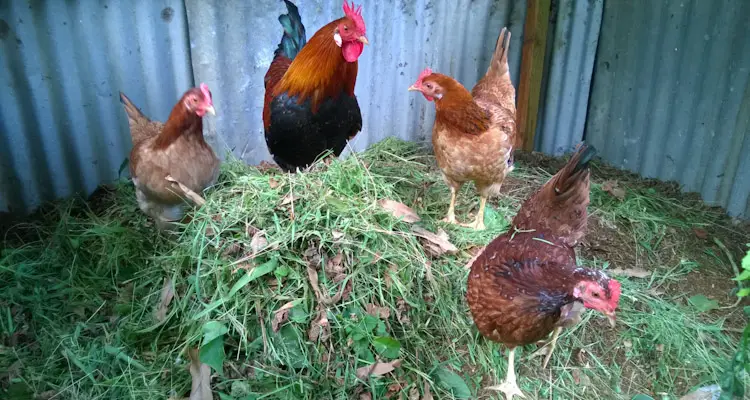
Natural Farming advocates that chickens should have direct contact with soil. According to Mr. Cho, this practice helps to keep birds healthy. However, it makes provision for areas where concrete flooring is mandatory.
IMO assists in the fermentation, breakdown, and sanitization of chicken waste. As a result, the litter remains in the house, except when needed as compost.
Mr. Cho designed a system that caters to the needs of chickens; without requiring artificial heat, harsh chemicals, or questionable medication.
Final Thoughts
From the time of its introduction, Korean Natural Farming continues to be the pinnacle of organic farming.
The success of its methods inspired the development of other systems such as JADAM Organic Farming, created by Youngsang Cho, the son of Mr. Hankyu Cho.
While they share similar ideals, there are some differences between Jadam and KNF methodology.
Initially, Korean Natural Farming is a bit complicated. It gets easier with repeated practice. However, the results obtained from following this system are worth the effort.
Related Questions
What Is The Nutritive Cycle Theory?
The Nutritive Cycle Theory states that animals and plants require different nutrients at different stages of growth. It aims to provide an adequate supply of nutrients to obtain the best possible results.
What Are IMO Fertilizers?
Indigenous Microorganism Fertilizers refer to farming inputs made from the breakdown of organic substances in the presence of microbes. While present in Korean Natural Farming, IMO Fertilizers are more associated with the JADAM Liquid Fertilizers.
References
Reddy, Ronhini. Cho’s Natural Farming. South Asian Rural Reconstruction Association. 2011 (PDF)
